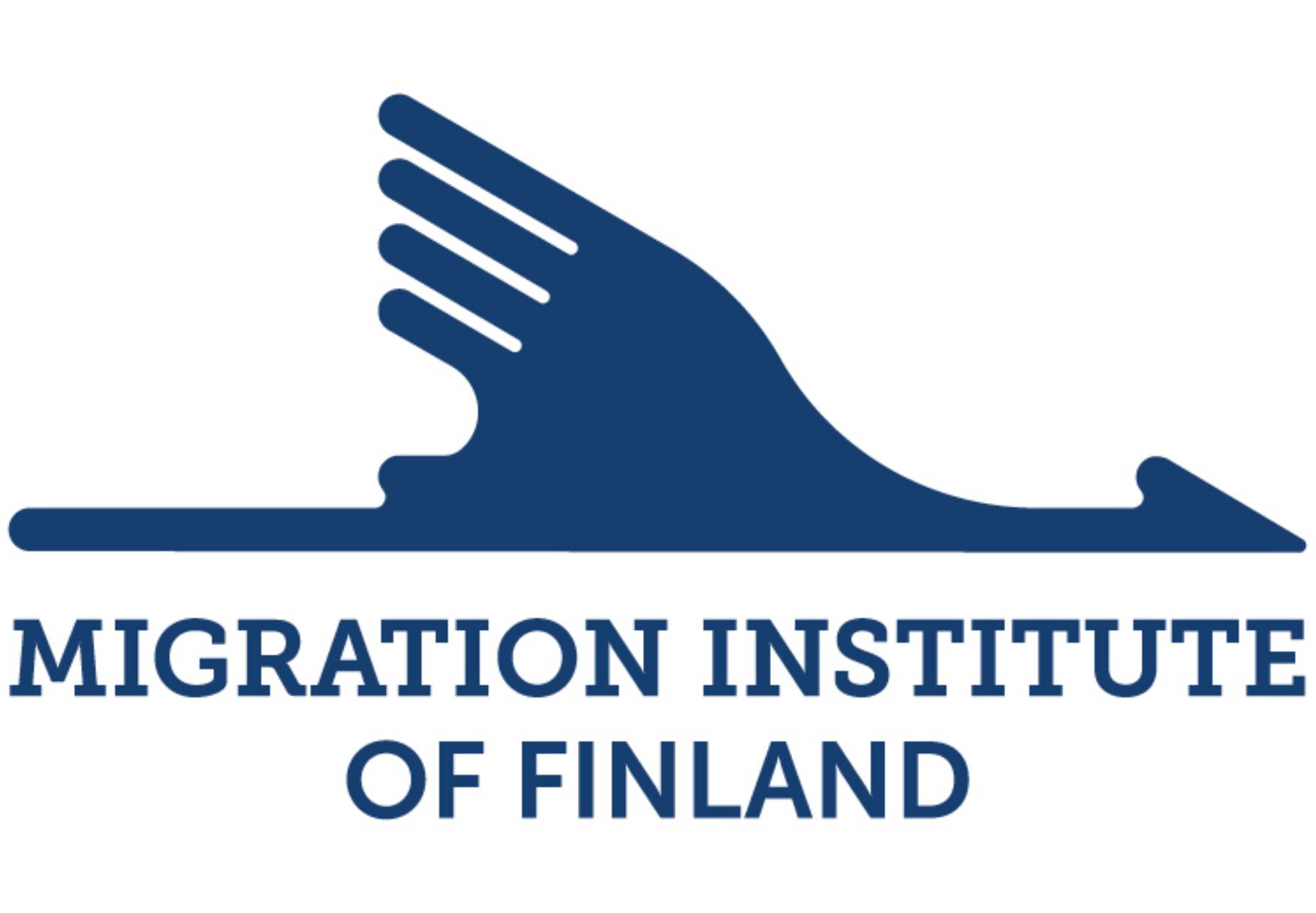The Migration Institute of Finland has long traditions in the study of migration within Finland. Although Finland remained a very agriculture-dominated country up to the 1960s, people have moved about due to both urbanisation and political changes throughout centuries.
In terms of historically significant migration flows, for example the migration of the Forest Finns to Sweden in late 15th century and the migration of Ingrians to the region of the present-day St Petersburg in the 17th century are worth mentioning. Due to later changes in the national borders and the formation of completely new ones, permanent Finnish settlements were established outside the borders of Finland.
Political conflicts and wars have resulted in massive temporary and permanent migration flows throughout history. From the perspective of the present day, the largest of these was the evacuation of Karelia on two occasions during the Second World War and the following surrendering of Karelia to the Soviet Union. As a result, approximately 420,000 people were relocated to different parts of Finland.
The most significant phenomenon of internal migration still taking place in Finland is continuous urbanisation. At the moment, there are a few growth centres in Finland that people move to while many areas suffer from depopulation.
In the 21st century, the number of moves between municipalities has totalled approximately 250,000 per year. A significant portion of the people moving have been young adults. The impacts of these migration flows can be seen in the structure and development of the areas.
The Migration Institute of Finland has done more extensive research on the following subject areas:
- The movement and placement of experts in the labour market has been the focus of research in terms of dual-career couples. In this case, research has focused on their position in the labour market, migration flows and commuting. As a special group, the migratory behaviour and migration plans of students have also been studied with regard to Ostrobothnia.
- Migration flows and regional development in cities have been the subject of study. This has involved the study of development differences between the Turku and Tampere regions and factors impacting them. The migration flows of Seinäjoki and Vaasa have also been analysed and compared in terms of how the people moving in and out of the cities differ from each other and how the attractiveness of Seinäjoki and Vaasa could be improved.
- Migration flows and rural issues have been the subjects of several studies. In these cases, studies have analysed migration processes to the countryside, compared the urban-rural migrants of and entrepreneurship in Kainuu and Southwest Finland and analysed the role of returning and arriving people in rural communities and development networks of Central Ostrobothnia.
- Several in-depth migration flow analyses have been concluded, such as the motives of people moving away from South Ostrobothnia or within the region from one municipality to another in 1996–1997, migration flows of Ostrobothnia in 1988–1996 and the living conditions of people moving from one municipality to another in 1977–78.
- The movement of immigrants within Finland, their housing wishes and integration have been new subject areas in research. It has been fascinating to establish what kind of municipalities and areas immigrants have ended up in after living in Finland for ten years and what have been their motivations in moving to different types of areas.

